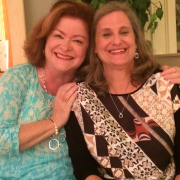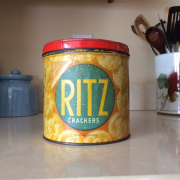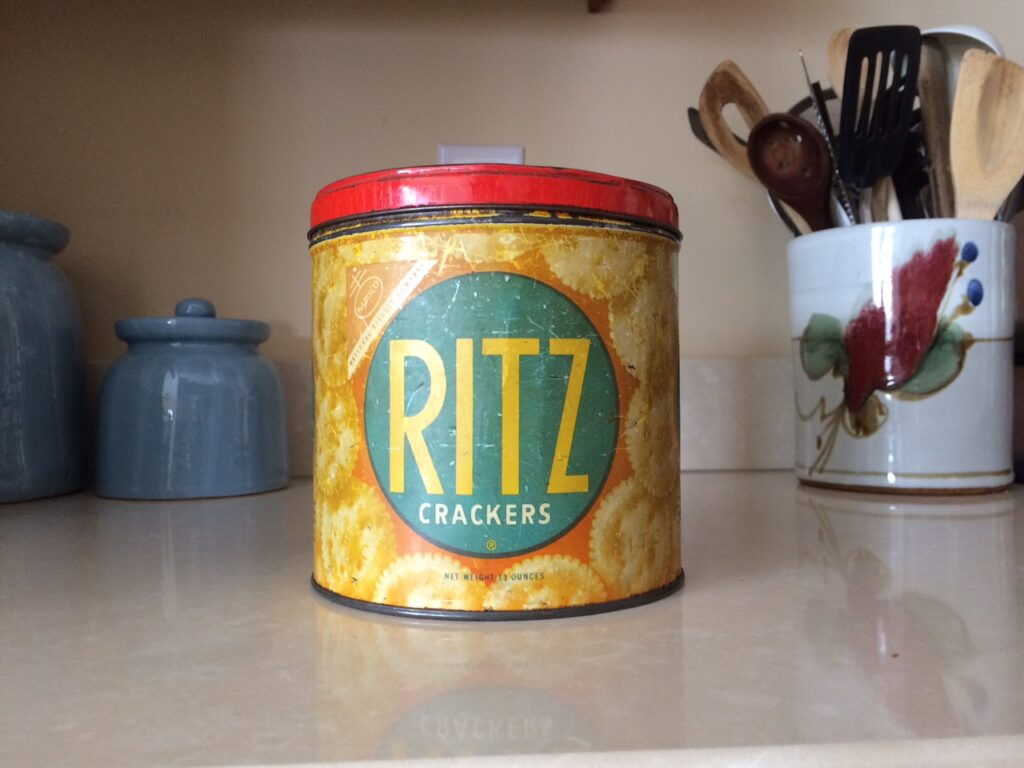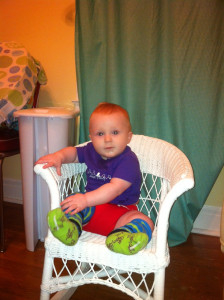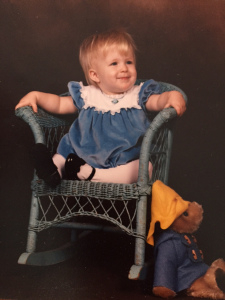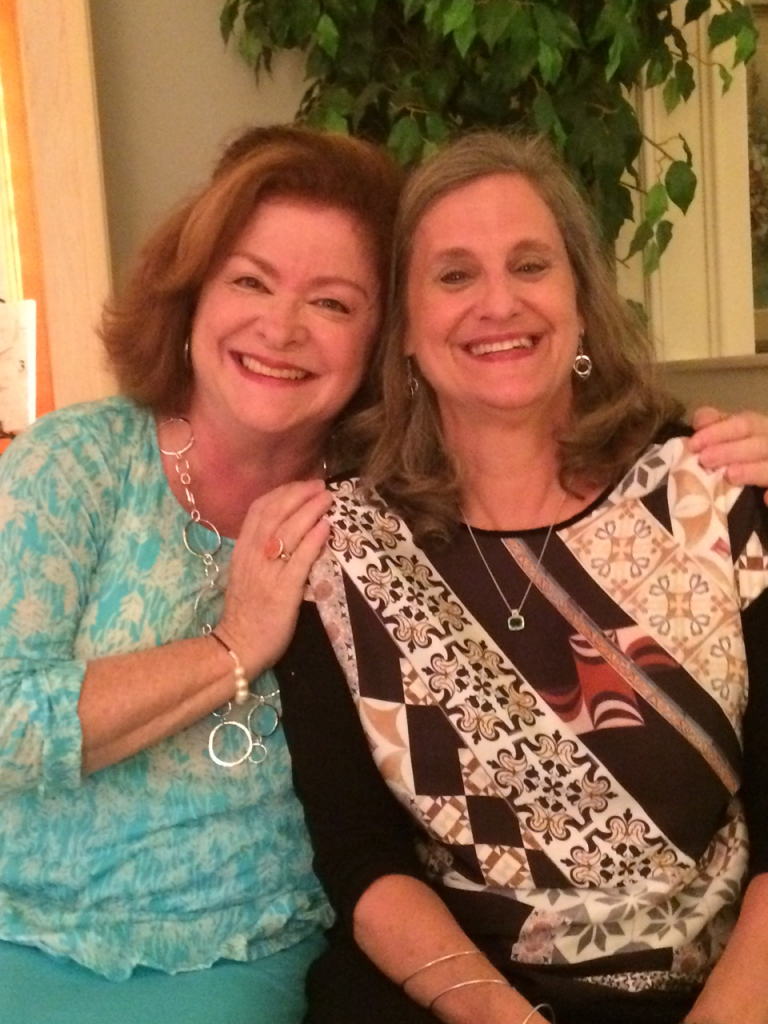
The first time I saw her, she was sitting alone in the bleachers, a row or two above and to the side of my little cluster of friends as we waited for the pep rally to start. We were freshmen in high school, that tender, socially feverish age when your friendships are everything and time stands still around every relationship.
She had a haircut that was very fashionable in those days—I forget what we called it, but it featured bangs and fringe around the sides and back and looked unbearably chic. I admired her trendy outfit and wondered why she sat by herself. Someone said she was new, just moved to town, so I guessed she didn’t know anyone. I can’t recall our first verbal exchange, but it wasn’t long before we became the best of pals, endlessly carrying on about fashion, love, family, the state of the world, and the things that worried us. It’s a conversation that continues still.
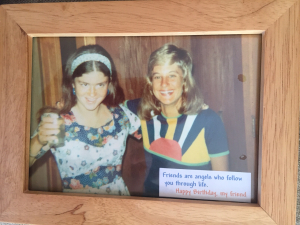
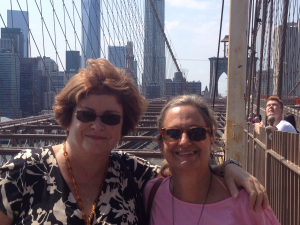
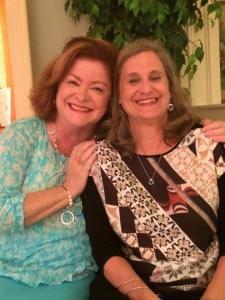
As 14-year-old best friends who embarked together on growing up, we were pretty tame operators, lucky girls who were loved and secure in our families, largely oblivious, for better or worse, to the radical winds blowing everywhere during those tumultuous times. We got similar haircuts (hers looked far better), vacationed with each other’s families; suffered the humiliation of jolting our boyfriends into uproarious laughter on a double date when they spied our matching midriff tops and hiphugger jeans; thought ourselves unbearably hip when tooling around in her father’s convertible. She cheered when I was elected vice president of the class, and I clapped and whooped at her Drill Corps performances. We hugged and sobbed the day her family left town after graduation, on to a new life in the Northeast with her father’s ascension to leadership at a major corporation.
I watched them drive away, envisioning her elegant new life near alluring New York City, her family summer home on the beautiful lake in northern Michigan, her admission to an Ivy League school, while I planned to start at the state university in the fall and fill my summer days with work in the hometown retail store. Some people have all the luck, I simmered with teen petulance, too green and self-centered to appreciate my own blessings, experiencing searing jealousy for the first time in my young life. It seemed certain she was leaving me behind.
But she didn’t.
The years rolled by, and in some ways, it seemed our lives would grow worlds apart. In the season of youth marked by life-altering choices, we made very different ones. I stood up with her at her wedding, celebrating a marriage to a bright and caring man with a great future ahead of him, her intellectual equal and partner. Against the advice of my parents and nearly everyone I knew, I had married a man I shouldn’t have, and with some deep-seated instinct I couldn’t explain, even to myself, I didn’t invite her. If the omission stung, she never acknowledged it. Alone at Christmas a year or two after the painful divorce that followed as surely as night after day, I was invited to spend the holiday with her family. Her young daughter proudly presented me with a pencil holder, fashioned from a jar with a carefully drawn Santa figure taped to its neck. Alone in my room later that night, I held the holiday artwork and cried, missing my own daughter and the life I thought I was going to have.
Through those years of marriages, young children, divergent careers and endless transitions, we somehow managed to cover many miles and experiences together. There was my first Broadway musical in New York, a road tour of Vermont in the fall, a series of high school reunions, a return to the lake in Michigan when her children were nearly as old as we were when we first met. Looking back, I’m amazed we maneuvered it, yet somehow, every year or two, we turned up somewhere together, continuing a conversation that seemed like it began only the day before.
From the years when all horizons are new and time has no limits, we have now arrived at the season when loss becomes part of living and loving, and life mercifully demonstrates that our similarities tower over our differences. When my beloved younger sister was taken by breast cancer at a very young age, she called to ask what she could do. Come see me, I said, and she did. Recently, we rendezvoused on a lovely island off the coast of Florida to visit her parents, who treated me like one of their own all those years and hold a very special place in my heart. It was a great visit, but her mother’s health is changing, and one evening was difficult.
“I wasn’t sure it would be a good thing for you to see this happen,” she shared before we parted for bed later that night. I longed to ease her heartache, having walked this journey with my father two years earlier. In my head, I tried briefly for a joke to lighten the moment—because when you’ve been seen together in midriff tops, one would think the store of wisecracks could be unfathomable–but nothing came. “Don’t be silly,” I said. “You know I’ve been through this, and I wanted to be here. Truthfully, I’m privileged to be here, to be your friend, and to feel like one of this family.” It was the best I could manage, from the deepest part of my heart, but it made her cry, so I’m not sure if that was better or worse.
Yet during this time of looming shadows, when life can spin you sideways in the work of a moment, little things may show the enduring gifts of kindred spirits. On a shopping spree through the tiny, charming Florida island town on that same trip, we pawed through a sale rack at opposite ends (she in the smaller sizes, me in the not smaller). I pulled a multi-colored, brightly patterned top off the rack and held it up for her review. “This is cute,” I said to her back. “What do you think?” She turned and laughed, and for a split second I thought she was questioning my taste. Actually, she was holding up the very same shirt.

